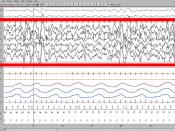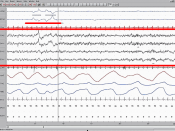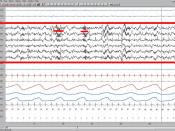Dreams play a large role in many people's lives. They can reflect and pertain to all aspects of life, and can have a deeper meaning than might immediately be realized. Learning about the effect of dreams and sleep is very important. Following the stages of sleep is an easy way to determine when a person is going to dream; thinking about the last thing you saw on television, for example, may hint to what you are going to dream about. The relationship between dreaming and sleep is a fascinating subject. A common fascinating thought is whether these dreams we experience have symbolic meaning, or if they are just a way for our minds to wander and be creative while recharging after a long day.
The metamorphic process of paralleling the symbolism of our dreams to our everyday lives has contributed to learning more about our individualistic personalities. Over the years, the mysteries of why and how we dream have captured the imagination of everyone from playwrights and poets to psychologists and scientists.
From laboratory experiments to primitive cultures, the interpretation of dreams is a powerful tool used to help understand ourselves. Rosalind Cartwright, a dream expert, separates the significance of dreams into four categories. According to Cartwright, dreams serve to review, revise, rehearse, and repair ourselves. In order to study the stages of sleep, patients are tested with a device called an electroencephalograph. This machine measures brain wave activity, eye movements, and muscle tension through electrodes. Other similar devices are used to record heart rates, respiration rates, and other small features. After collecting all of this data, researchers are able to analyze patients' dreams.
According to David G. Myers, a professor of psychology at Michigan's Hope College, there are four stages associated with sleep prior to Rapid Eye Movement,



Good job.
Good but it would be better if u could have some intext citations... so we know u wrote it.
2 out of 2 people found this comment useful.